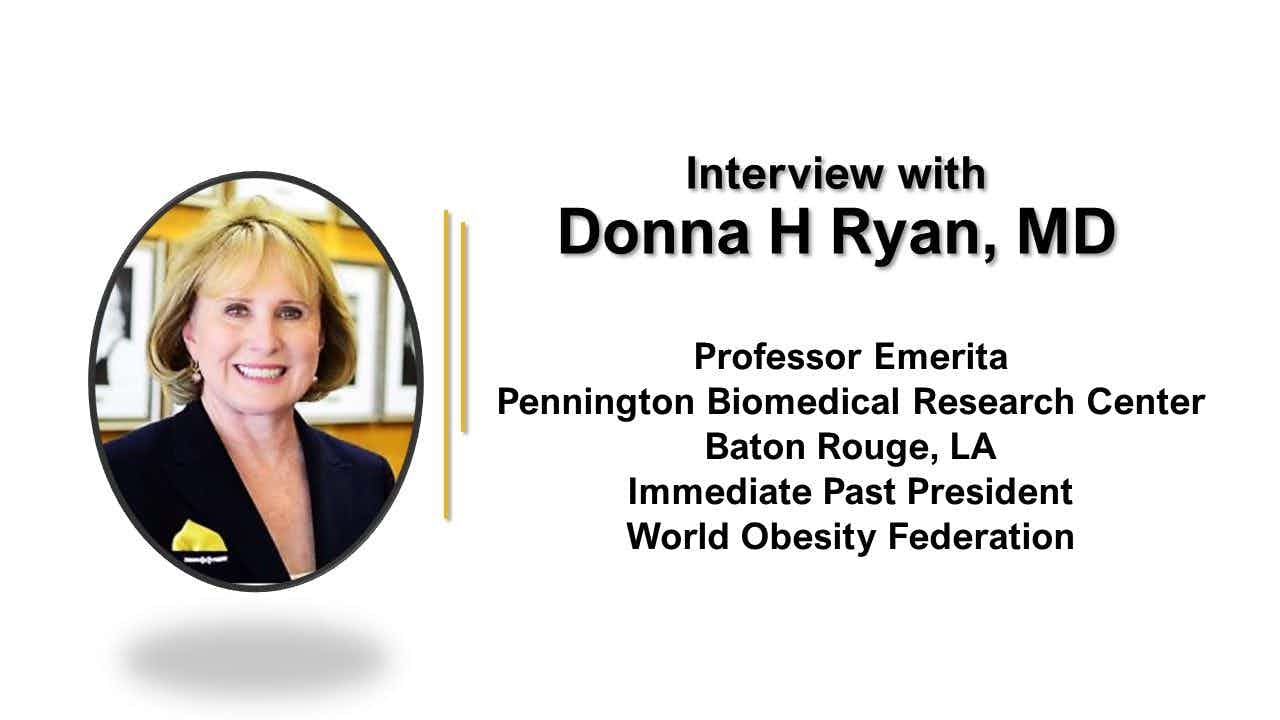Examination of the Oral Cavity: What to Look For
Routine inspection of the oral cavity is not a part of every patient encounter. There exist, nevertheless, clear indications for physical examination of the mucosal surfaces between the lips and the anterior tonsillar pillars; these include symptoms such as pain, erythema, and swelling that are referable to this area.
Routine inspection of the oral cavity is not a part of every patient encounter. There exist, nevertheless, clear indications for physical examination of the mucosal surfaces between the lips and the anterior tonsillar pillars (Figure 1 [see CONSULTANT, August 204, p 1274]); these include symptoms such as pain, erythema, and swelling that are referable to this area.


Occasionally, the patient (or the patient's dentist) may notice an abnormality and call it to your attention. In addition, patients who engage in high-risk behaviors, such as tobacco and alcohol abuse, may benefit from an evaluation of the oral cavity during a routine screening examination.
Thus, every primary care physician needs to be adept at the techniques involved in a careful evaluation. Those techniques-and clues that can help you distinguish between benign lesions and those that suggest serious underlying disease-are the focus of this article.
EXAMINATION TECHNIQUE
To examine the oral cavity and oropharynx, you need only adequate lighting, 2 tongue blades (or dental mirrors), and gloves. A variety of lighting sources are available. A head-worn light is particularly useful because it affords relief from the parallax that results from a hand-held light and frees both hands for the examination. I routinely use a tongue blade in each hand (Figure 2). This permits retraction of the mobile soft tissues and more complete exposure of the mucosal sur-faces for inspection. Use of cotton gauze to absorb excessive saliva facilitates close evaluation of suspicious mucosal areas.
An essential component of the examination of the oral cavity is palpation. The gloved finger can be employed to distinguish cysts from bone and ascertain the depth of infiltrative lesions. Bimanual palpation through the cheek, the lip, and the floor of the mouth may be essential for understanding the anatomic relations of these lesions (Figure 3).
CLINICAL ENTITIES
Infections. These disorders may have a bacterial, viral, or fungal origin. Characteristic hallmarks of infectious lesions are pain, erythema, swelling, and exudate.
Bacterial infections. Most of these conditions are acute in onset and respond promptly to appropriate antimicrobial therapy. If suspected infectious lesions fail to respond to antibiotics, consider an alternative diagnosis (Table).
Pain, swelling, and drainage adjacent to either the mandibular or maxillary alveolus is often odontogenic in origin. Erythema, swelling, and pain localized to the buccal mucosa near Stensen's parotid duct or to the floor of the mouth region near Wharton's submandibular duct is consistent with infection in one of the major salivary glands.
Purulent saliva sometimes can be manually expressed through either Wharton's or Stensen's duct (Figure 4). If the duct is completely obstructed (for instance, by a stone), it may be impossible to express any saliva at all, but the stone may be palpable. The demonstration of clear saliva usually argues against salivary gland infection.




Pharyngitis, tonsillitis, and even oral candidiasis are diffuse infections involving the surface mucosa (Figure 5). Localized infection is less likely. When the abnormality is localized to a single area, suspect another diagnosis (eg, unilateral tonsillitis occurs only rarely).
Viral infections. Intractable oral ulceration may be associated with immunodeficiency, such as that caused by HIV. These lesions also may be caused by herpesvirus or other less commonly encountered viruses, such as cytomegalovirus.
Recurrent herpetic lesions commonly involve the lip and should be distinguished from aphthous ulcers. Viral lesions may respond to antiviral agents. Acute primary herpetic stomatitis may present as multiple, painful ulcerations associated with systemic symptoms of fever and fatigue. After the primary disease, patients become resistant and then manifest only occasional recurrent ulceration.
Fungal infection. Oral candidiasis may occur in immunocompromised patients (eg, those with AIDS or cancer) following oral irradiation and sometimes following antibiotic administration. If your patient fails to respond promptly to appropriate agents, consider an alternative diagnosis.
Trauma. Trauma to the oral cavity is often easily diagnosed based on the history and physical examination. Bite line leukoplakia of the buccal mucosa is benign and self-limited and does not require a biopsy. Self-inflicted injuries (eg, biting one's tongue) ordinarily are reported by the patient (Figure 6). These wounds have a predictable course of progression and resolve spontaneously in 10 to 14 days. Reconsider the diagnosis if the wound fails to heal normally.
The development of granulation tissue at the site of an oral wound occurs occasionally. This alarming finding may be easily treated through excision of the granulation and primary closure of the wound. This procedure also provides an opportunity to submit the tissue (pyogenic granuloma) to the pathologist for histologic confirmation (Figure 7).
Oral granulation tissue may develop at the site of a tooth extraction or odontogenic infection. These abnormalities are ordinarily characteristic in their appearance; however, persistence or atypical-appearing tissue is unusual. If either occurs, submit the tissue for pathologic evaluation.
Ulcers.
Recurrent, migratory (occurring in different sites), small (less than 1 cm) oral ulcers that heal spontaneously are consistent with aphthous stomatitis. Treatment is symptomatic; the cause is unknown.




Ulcers greater than 1 cm in dimension (Figure 8) may be caused by more serious disease, such as pemphigus and pemphigoid, Behçet's syndrome, or neoplasia. Biopsy may help establish the diagnosis; however, good technique is required.
The biopsy should be full thickness and include the interface between the ulcer and normal mucosa. Submit the specimen promptly in gauze moistened with saline (not in formalin) for immunohistochemical studies. Be sure to call your pathologist to alert him or her to your differential diagnosis; this can help ensure proper processing of the specimen.
Lichen planus. This idiopathic disease may be reticular, ulcerative, or erosive in form. The reticular pattern forms an interlacing network of white lines. Intact bullae are characteristic of the bullous form, while the erosive form is often very painful and may be indistinguishable from cancer (Figure 9).
The diagnosis may be established through biopsy. Even the patient with a histologically confirmed diagnosis deserves continued observation and concern, because of the association between squamous cell carcinoma and areas of long-standing lichen planus.
Accordingly, the patient with lichen planus needs to be treated symptomatically for relief of pain. Lesions that fail to heal and those that progress require a biopsy.
Cancer. When evaluating oral lesions, keep in mind that the appearance of the lesion is often a clue to possible malignancy. Purely white lesions (leukoplakia) are generally benign. Red or erythroplastic lesions are much more commonly malignant.
Leukoplakia. Fewer than 5% of purely white lesions in the oral cavity are malignant (Figure 10). The most common of these lesions are associated with bite line trauma or other oral traumas, as well as with prior ulcers, dental abrasions, and other conditions.
Although most of these lesions do not require biopsy, symptoms such as pain, progression (growth), ulceration, or the presence of induration (indicative of vertical growth) justify further investigation. Histologic assessment of these lesions can help guide your diagnosis; atypia or dysplasia suggests potential premalignancy, while normal results (eg, hyperkeratosis) indicate limited malignant potential (Figure 11).
Red or erythroplastic lesions.
It is estimated that as many as 30% of erythroplastic oral lesions are malignant (
Figure 12
). Accordingly, biopsy is prudent in most situations. If the erythroplasia seems to have a local cause, such as a tightly fitting denture, avoidance of the cause should result in prompt response. Once again, failure to respond is an indication for biopsy.


Squamous cell carcinoma accounts for more than 95% of oral carcinomas. This tumor is generally attributable to exposure to environmental carcinogens; the most important of these are tobacco and alcohol.
Squamous cell carcinoma may present at almost any oral site. The areas most commonly involved are the edges and undersurface of the tongue as well as the floor of the mouth; it is important that the cheeks and tongue be retracted so that you can examine these critical areas carefully.
Most oral squamous cell carcinoma is mottled red-white in appearance (Figure 13). These tumors are often somewhat granular or ulcerative on the surface and may be friable and bleed easily. Diagnosis requires histologic confirmation.
Biopsy. When performing a biopsy, it is essential to obtain a representative sample. A specimen obtained from the surface of a large necrotic or ulcerative lesion may be nondiagnostic, whereas one from a more deeply situated location at the junction between the lesion and normal mucosa is rarely misinterpreted. If the pathology report does not support the clinical suspicion, another biopsy may be necessary.
You can easily perform a biopsy in an office setting, employing local anesthesia and a scissors or knife. Some surgeons warn that the use of a small cupped forceps may result in crush artifact and hinder accurate diagnosis. Accordingly, it is advisable to obtain uncrushed specimens (at least 5 mm) with minimal tissue damage. Hemostasis can be obtained with local pressure by biting on a rolled gauze pad. Control persisting ooze with topical silver nitrate. Small lesions can be excised and the defect closed primarily with suture, as the situation warrants.
One difficulty that may arise when performing such biopsies is that the excision wound usually heals completely within 10 days. It may be difficult to locate the precise site of a primary tumor if a "small" lesion turns out to be malignant, and the pathologic margins are involved. To avoid this problem, be sure to keep accurate records of the procedure, including a drawing or photograph. You can also mark the area with a permanent suture, which can be removed after you receive the pathology report.







